
In the fast-paced, data-driven landscape of contemporary communication, clarity and precision are paramount. Whether you’re an executive crafting a pivotal memo, a professional articulating a complex strategy, or simply striving for unequivocal understanding in your daily interactions, the subtle nuances of the English language can profoundly influence perception and credibility. Among the most frequent yet easily correctable grammatical missteps lies the confusion between “worse” and “worst”—a distinction often overlooked, yet one that carries significant weight in shaping how your message is received and interpreted.
These two terms, while sharing a common linguistic ancestry rooted in the concept of “badness,” possess distinctly different roles as comparative and superlative adjectives. Their interchangeable misuse doesn’t merely indicate a minor grammatical error; it can obscure meaning, introduce unintended ambiguity, and diminish the authoritative tone essential for effective professional discourse. Understanding when to deploy “worse” versus “worst” is not just about adhering to grammatical rules; it’s about empowering your communication with surgical accuracy, ensuring your audience grasps the precise degree of negativity or inferiority you intend to convey.
This comprehensive guide, meticulously crafted with expert insights and supported by clear definitions, aims to dismantle the long-standing confusion surrounding “worse” and “worst.” We will meticulously break down their core definitions, illuminate their specific grammatical functions, and meticulously clarify their application within a spectrum of common expressions. By providing practical, actionable advice, this article is designed to equip you with the confidence to master these words, thereby instantly elevating the precision and impact of your written and spoken English in any professional setting.
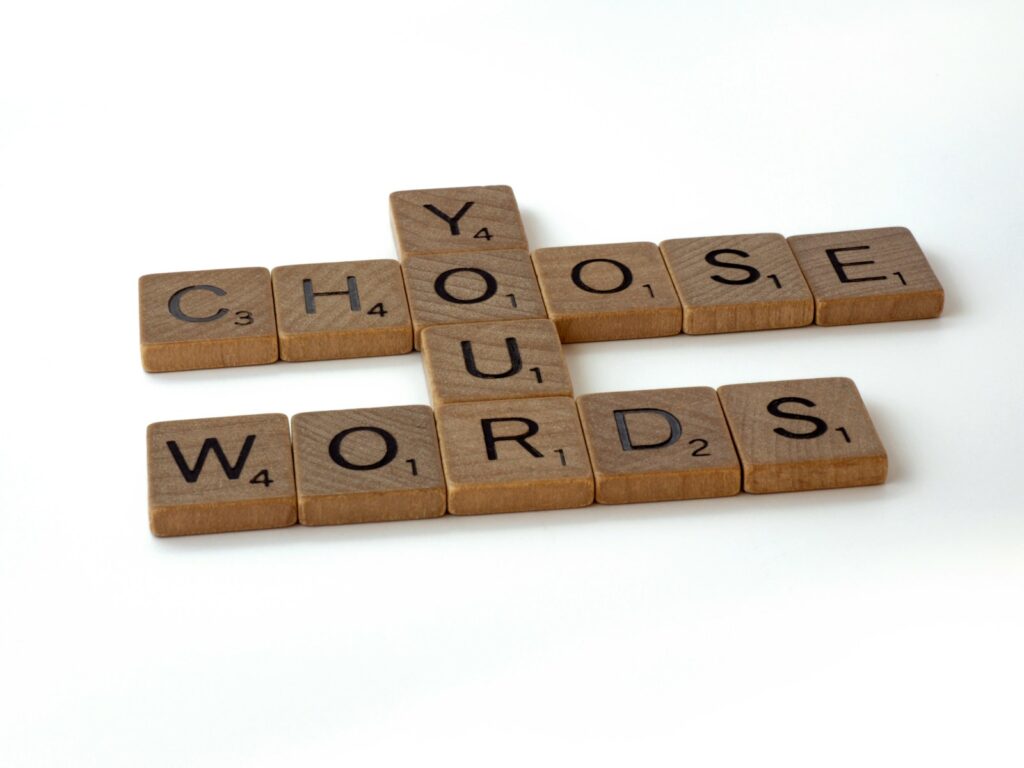
1. **The Fundamental Difference: Comparative vs. Superlative Forms**At the very core of differentiating “worse” from “worst” is a solid understanding of comparative and superlative adjectives—grammatical constructs vital for expressing varying degrees of a particular quality. A comparative adjective is, by definition, employed when a direct comparison is being made between *only two* things. It serves to highlight that one of these two items possesses a specific attribute to a greater or lesser extent than the other. For instance, if you’re assessing two recent market reports, you might accurately state that one report is “more insightful” or “less comprehensive” than the other, using the comparative form to draw a binary distinction.
Conversely, the superlative adjective comes into play when the comparison involves *more than two* things, or when you wish to assert that something embodies a quality to the absolute highest or lowest possible degree within a given set or across all conceivable options. To extend our earlier example, if your task is to evaluate a series of five market reports and identify the most impactful, you would designate one as “the most insightful” or “the least comprehensive” among them all. This crucial distinction—comparing two entities versus comparing one entity within a group of three or more—forms the indispensable foundation for the accurate application of both “worse” and “worst.”
In the specific context of the adjective “bad,” “worse” functions as its comparative form. It essentially translates to “more bad,” enabling a direct, singular comparison where one item, condition, or situation is explicitly deemed more unfavorable, undesirable, or deficient than just one other. “Worst,” in contrast, assumes the role of the superlative form of “bad,” signifying “most bad.” This means it is used to denote the absolute nadir, the lowest quality, or the most profoundly negative state when multiple options are being weighed. Grasping this foundational difference is the pivotal first step in mastering their respective uses and ensuring your language is always grammatically sound and unequivocally precise.
Read more about: Beyond Bad: 12 Critical Distinctions Between ‘Worse’ and ‘Worst’ That Every Pop Culture Fan Needs to Master
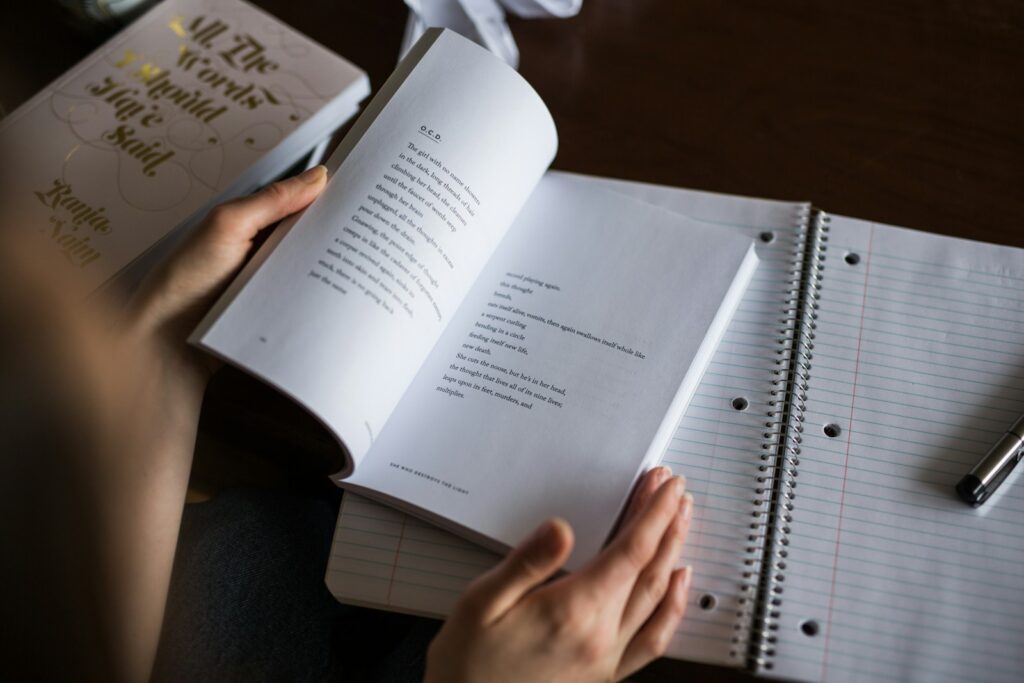
2. **Worse: The Comparative Form of “Bad” Explained**The word “worse” is an indispensable tool in the English language, specifically designed for instances where you need to articulate a negative shift, a decline in quality, or a less desirable condition when juxtaposing *only two* elements. Its primary utility lies in establishing a clear comparison between one thing and another, thereby signaling a deterioration, an inferiority, or a reduced favorability in relation to an explicit point of reference or an alternative. The context succinctly captures this essence: “Worse is what’s called the comparative form, basically meaning ‘more bad.'” This straightforward yet profound definition underpins its broad applicability across various communication scenarios.
Consider scenarios where an existing condition has undergone a decline, or when one option presents itself as significantly less favorable than a singular alternative. As elaborated in the provided text, “Worse is used when making a comparison to only one other thing.” A classic illustration of this can be found in the statement, “Your breath is bad, but mine is worse.” Here, the speaker is directly comparing the quality of two breaths, pinpointing one as possessing a higher degree of unpleasantness. Similarly, the phrase “The situation was bad and it just got worse” powerfully conveys a continuous decline in circumstances, relative to a previously established, already undesirable state.
This comparative form is particularly potent for illustrating either a degradation over time or a stark contrast between two distinct points. For example, if you observe an item of clothing that “has been washed a thousand times and looks worn down, its quality is worse than when you first bought it, showing a decline in condition.” This clearly demonstrates how “worse” effectively communicates a comparison of two states—the initial perfect condition versus the current worn state—and illustrates an overall decrease in quality, condition, or desirability. It is about drawing a precise line between two entities and definitively stating which one occupies a lower position on the scale of positivity, or conversely, a higher position on the scale of negativity.
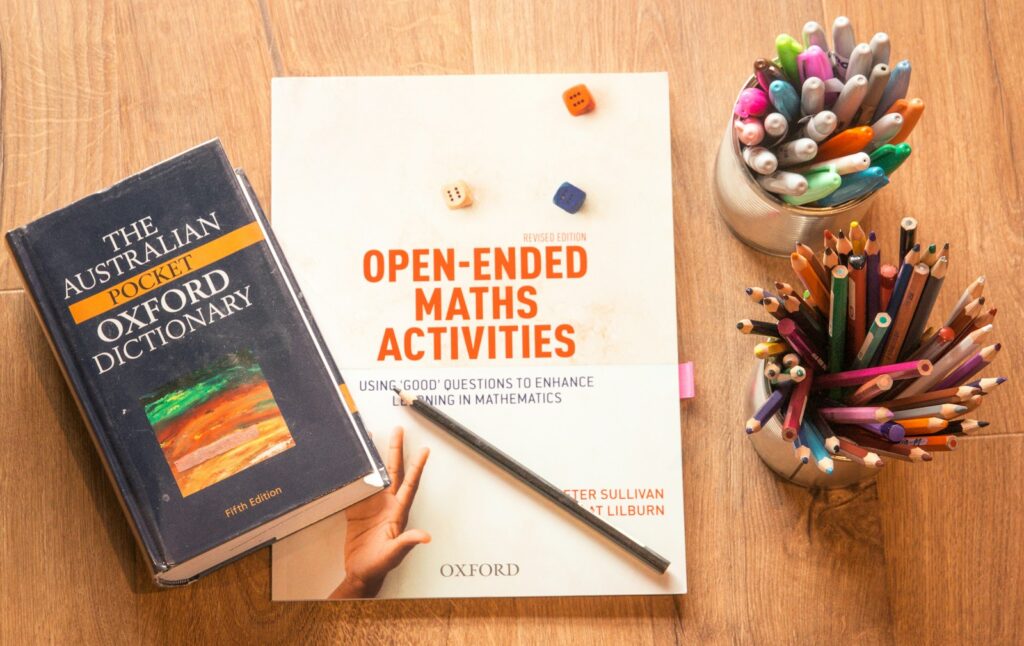
3. **Worst: The Superlative Form of “Bad” Unpacked**When the objective is to articulate the absolute zenith of negativity, inferiority, or undesirability within a collective group of items or an array of possibilities, “worst” emerges as the definitive and most appropriate choice. This superlative adjective is meticulously structured for comparisons that involve *three or more* distinct entities, or when the intent is to unequivocally declare that a particular subject embodies a quality to the most extreme, lowest possible degree among all available options. The provided context precisely defines its function: “Worst is the superlative form, basically meaning ‘most bad.'” This implies a comprehensive judgment across an entire spectrum, not merely a binary assessment.
“Worst” is specifically deployed in situations where a single element stands out as the ultimate low point, a benchmark of inadequacy or negativity within a defined group. For example, if you are analyzing the performance metrics of several employees, you might logically conclude, “Out of the five exam I have today, this one is going to be the worst,” thereby identifying one specific exam as the most challenging or undesirable among the entire set. This usage extends to encompass scenarios where something is judged as the most extreme out of *every conceivable option*, such as the definitive declaration, “That was the worst meal I have ever eaten,” which establishes it as unparalleled in its poor quality.
Beyond its role as a superlative adjective, “worst” also demonstrates versatility by functioning as a noun, enriching its expressive capacity. As highlighted in the context, “Worst can also be used as a noun, as in ‘He brings out the worst in her.'” In this nominal application, “the worst” refers to the most unfavorable, least desirable, or most negative aspect or quality of a person, situation, or entity. As a superlative adjective, “worst” emphatically underscores extremes, serving to convey the undeniable truth that something occupies the absolute bottom tier in terms of negativity, faultiness, or undesirability. It’s the ultimate descriptor for something that has no equal in its deficiency.
4. **Irregular Forms: Why Worse and Worst Don’t Follow Standard Rules**The English language, a vibrant tapestry woven from centuries of linguistic evolution, frequently presents us with fascinating irregularities that defy rigid grammatical patterns. Among these, the formation of comparative and superlative adjectives for “bad” stands out as a prime example of such delightful unpredictability. While the general methodologies for constructing these forms are typically consistent and logical, “bad,” “worse,” and “worst” collectively belong to an exclusive cadre of words that elegantly sidestep these conventional rules, underscoring their unique historical development within our lexicon.
In most cases, the transformation of an adjective into its comparative form is achieved either by appending the suffix “-er” to its end, as clearly demonstrated in examples such as “faster,” “smarter,” or “bigger,” or by preceding the adjective with the word “more” or “less” (e.g., “more impressive,” “less powerful”). Similarly, to construct the superlative form, the predominant strategy involves adding “-est” to the end of the base word (“fastest,” “smartest,” “biggest”) or by placing “most” or “least” directly before it (“most impressive,” “least powerful”). These systematic rules provide a predictable and consistent framework for the vast majority of adjectives encountered in English.
However, “worse” and “worst” confidently diverge from these established grammatical norms. They do not neatly conform to the expectation of simply adding “-er” or “-est” directly to “bad,” nor do they typically rely on the clumsy constructions of “more bad” or “most bad” in common, idiomatic usage. Instead, these are classic examples of irregular forms, paralleling the well-known transformation of “good” into its comparative “better” and its superlative “best.” The context explicitly draws this parallel, affirming: “Worse and worst are just like the words better and best, which are the comparative and superlative forms of the word good.” While they are irregular, the context also offers a helpful mnemonic, noting that you “can see a remnant of the superlative ending -est at the end of worst and best,” which can serve as a subtle yet effective reminder of their superlative function.
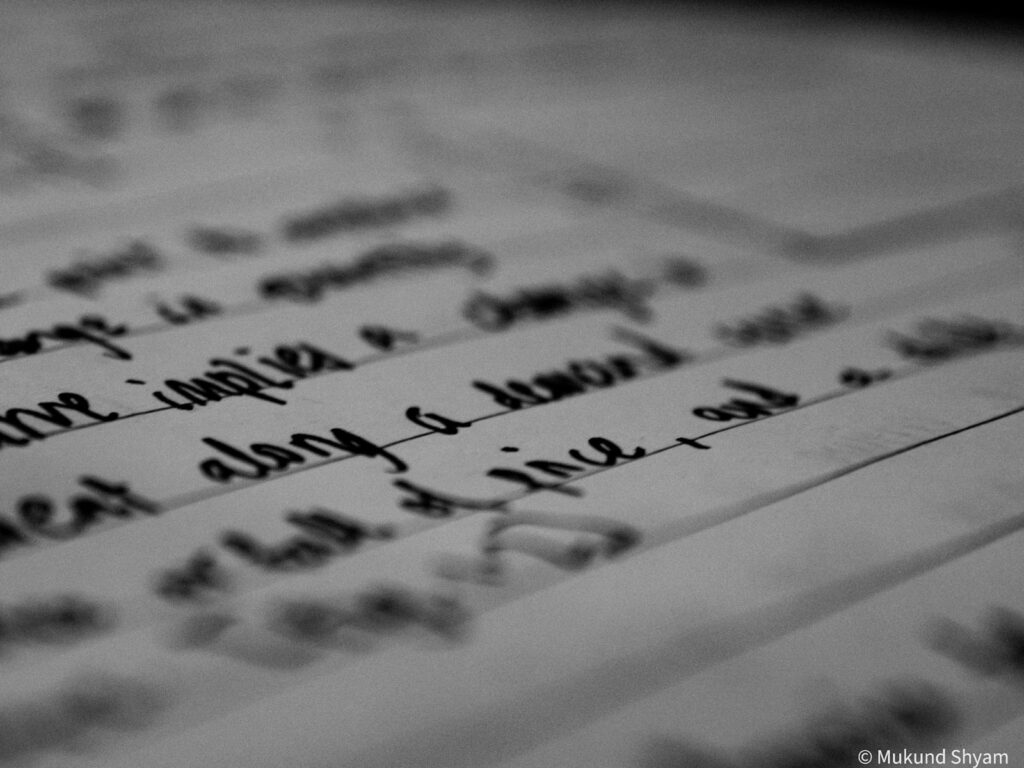
5. **”From Bad to Worse”: Understanding a Common Expression**The English language is extraordinarily rich in idiomatic expressions—concise phrases that, through common usage, acquire a meaning not immediately deducible from the individual words themselves. The idiom “from bad to worse” stands as a particularly evocative example of this linguistic phenomenon, efficiently conveying a profound sense of escalating difficulty or misfortune. This phrase is deeply embedded in everyday parlance and professional discourse alike, serving to succinctly describe a deteriorating situation where an already undesirable state gives way to an even more regrettable one.
The core meaning of “from bad to worse” is precisely that “something started bad and has only deteriorated in quality or condition.” It’s far more than a simple acknowledgment that circumstances are unfavorable; it is a forceful assertion that they are actively, relentlessly declining into a state of heightened undesirability. This potent idiom leverages “worse” as its pivotal comparative element, brilliantly articulating the progression from an initial “bad” condition to a subsequent state that is demonstrably more disadvantageous. It paints a vivid picture of a downward trajectory, where each successive stage presents a greater challenge or a deeper level of negativity than the one that preceded it.
To firmly embed this understanding, the provided context offers a strikingly relatable illustration: “My handwriting has gone from bad to worse after I missed a few classes.” This sentence perfectly encapsulates the essence of the idiom, vividly conveying that the individual’s handwriting, which was perhaps already subpar, has regrettably fallen into an even less legible or aesthetically pleasing condition over a period of time. Mastering the accurate application of such ubiquitous expressions not only significantly enhances the clarity and precision of your communication but also imbues your language with a nuanced sophistication and a natural fluency, qualities that are highly valued in any authoritative and accessible professional context.
Read more about: The Grammatical Grind: Why ‘Worse’ and ‘Worst’ Are Driving You Nuts (and How to Finally Master Them)
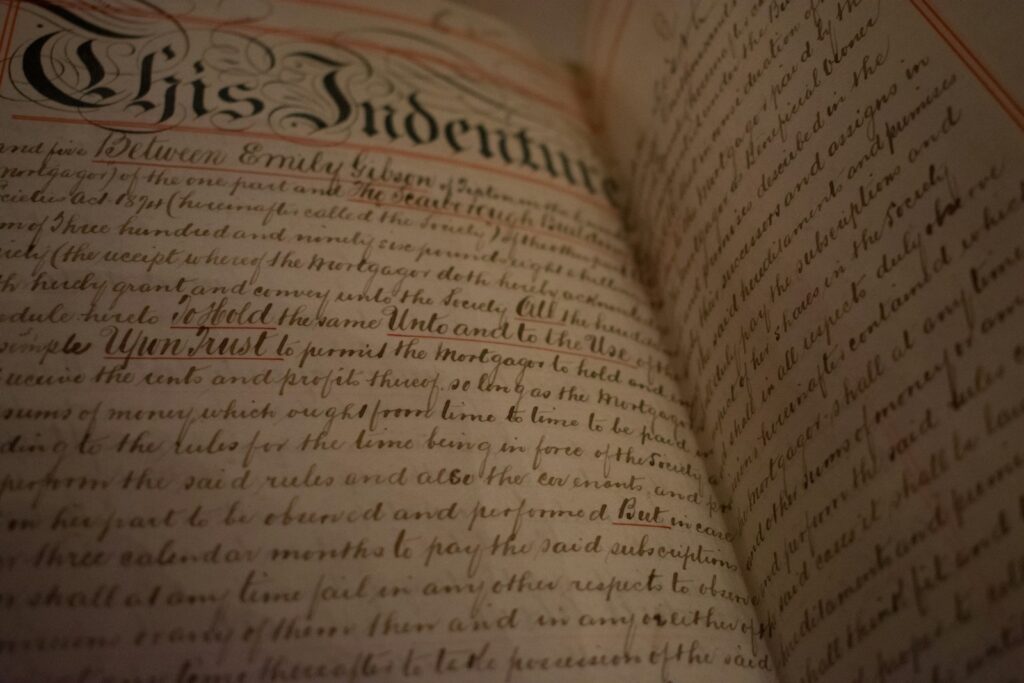
6. **”Worst-Case Scenario”: Nailing the Critical Idiom**In the demanding realms of strategic planning, comprehensive risk assessment, and even the informal consideration of potential outcomes, the phrase “worst-case scenario” carries an immense and undeniable weight. This idiom, alongside its close cousin “in the worst case,” precisely identifies a situation of maximum conceivable adversity. It is not merely concerned with an unfavorable outcome; rather, it meticulously targets the absolute nadir of all possible eventualities, spotlighting the most extreme and undesirable consequence one could possibly anticipate from a given set of circumstances.
The definitive choice of “worst” in these critical expressions, rather than “worse,” is directly attributable to its inherent superlative nature. As the context lucidly explains, “Both of these phrases refer to a situation that is as bad as possible compared to any other possible situation, which is why it uses the superlative form worst.” When you invoke a “worst-case scenario,” you are inherently engaging in a comprehensive comparison against the entire spectrum of alternative possibilities, thereby designating this particular scenario as the singular, most profoundly unfavorable outcome amongst them all. It mandates an imaginative leap to envision the deepest possible trough of misfortune or difficulty.
To provide concrete grounding for this concept, the original text furnishes compelling examples: “In the worst case, the beams will collapse instantly.” This declarative statement does not imply that the collapse of beams is simply worse than another outcome; instead, it unequivocally posits it as the most catastrophic and destructive possibility within the realm of consideration. Another illustrative example, “This isn’t what we expect to happen—it’s just the worst-case scenario,” explicitly frames the phrase as the contemplation of the most extreme undesirable event, even if its likelihood is low. It is crucial to note a significant grammatical distinction: while the words “worse” and “case” can certainly coexist within a sentence (as in “Jacob had a worse case of bronchitis than Melanie did”), “worse case” itself does not constitute a recognized, fixed idiom equivalent to “worst case.” Recognizing and respecting this distinction is paramount for maintaining grammatical precision and deftly avoiding a prevalent and easily rectifiable linguistic misstep in both written and verbal professional exchanges.

7. **Navigating the Nuance: ‘If Worse Comes to Worst’ vs. ‘If Worst Comes to Worst’**In the realm of idiomatic expressions, few phrases embody the anticipation of ultimate adversity as distinctly as the variants meaning ‘if the worst possible outcome happens.’ While seemingly identical in intent, these expressions present a subtle linguistic fork in the road, challenging speakers and writers to discern the most appropriate, or at least the most commonly accepted, formulation. Understanding the nuances here can bolster your command of English and ensure your communication is not only clear but also idiomatically sound.
Indeed, the context reveals that “There are actually two very similar versions of the expression that means ‘if the worst possible outcome happens’: if worse comes to worst or if worst comes to worst.” This acknowledges the existence of both forms, signaling a linguistic flexibility that is characteristic of evolving language. However, the same expert analysis provides a crucial directive: “if worst comes to worst is much more commonly used (even though it arguably makes less sense).”
Despite the logical appeal of ‘if worse comes to worst’—implying a progression from an already bad situation to an even worse one—the prevailing usage leans towards ‘if worst comes to worst.’ This phenomenon underscores that language often prioritizes established common usage over strict grammatical rationale, especially in idioms. Mastering this particular idiom requires an awareness of both forms, but a practical inclination towards the more frequently encountered variant.
Crucially, these expressions are almost always paired with a contingency plan or a proposed solution, offering a pragmatic approach to confronting dire possibilities. For instance, consider the proactive statement: “If worse comes to worst and every door is locked, we’ll get in by opening a window.” Similarly, the forward-thinking declaration, “I’m going to try to make it to the store before the storm starts, but if worst comes to worst, I’ll at least have my umbrella with me,” exemplifies the idiom’s role in preparing for the most unfavorable eventualities while still outlining a strategy.

8. **Mastering ‘Worse’ in Practice: Diverse Sentence Applications**As the comparative form of ‘bad,’ ‘worse’ is an indispensable tool for illustrating a decline in quality, desirability, or condition when juxtaposing two elements. Its utility lies in its capacity to signal a negative shift, whether comparing distinct items or tracking a deterioration over time. Real-world applications of ‘worse’ are abundant, showcasing its flexibility in conveying nuanced degrees of negativity across various contexts.
Consider instances where direct comparisons are at play. An aesthetic judgment might lead one to declare, “I think the pink paint looks worse on the wall than the red paint did,” a clear comparison of two visual outcomes. In matters of physical condition, it might be noted, “Briony’s cold got worse after a few days, so she had to see a doctor,” indicating a decline from an initial state. These examples highlight how ‘worse’ precisely articulates that one entity or state is unequivocally ‘more bad’ than another specific reference point.
Beyond immediate comparisons, ‘worse’ effectively communicates ongoing deterioration. The progression of academic performance can be described as, “His grades have been getting worse as the term progresses,” or “My grades went from bad to worse after I missed a few classes,” illustrating a continuous downward trend. Similarly, culinary experiments can go awry, as in, “The recipe tasted worse after I added vinegar,” indicating a change for the negative from an earlier state.
This comparative adjective is also adept at conveying degrees of skill or impact, as seen in, “My brother is bad at basketball, but honestly I’m worse,” or even in everyday observations like, “Your breath is bad, but mine is worse.” The phrase “The situation was bad and it just got worse” powerfully encapsulates a continuous decline, reinforcing that ‘worse’ is fundamental to expressing unfavorable changes between two distinct points or across a progression.
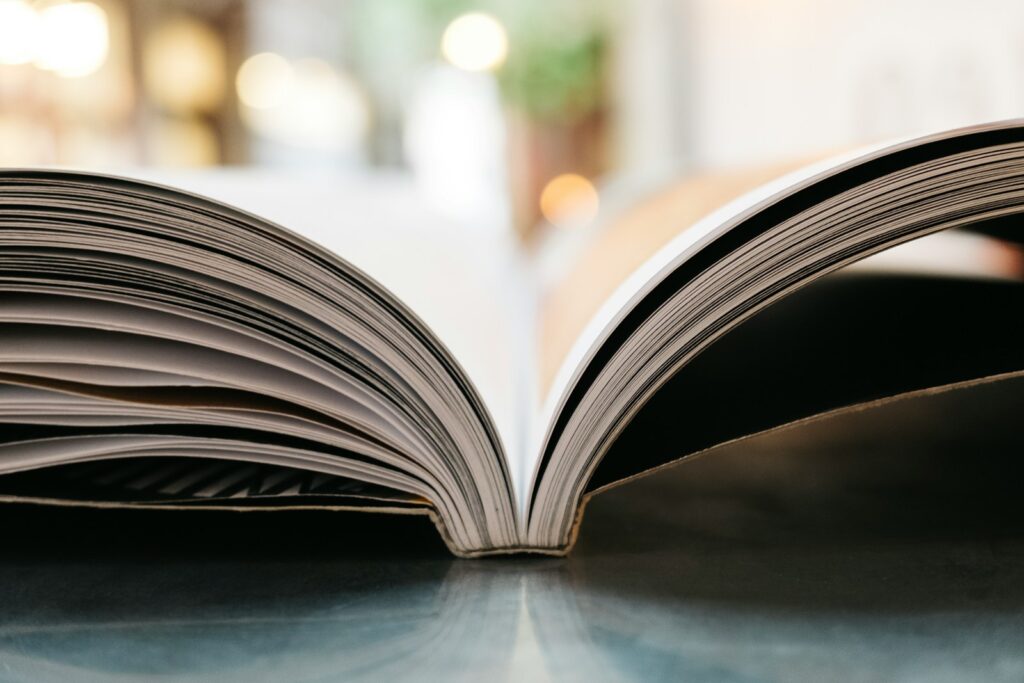
9. **Unleashing ‘Worst’: Expressing Absolute Extremes with Precision**When the objective is to articulate the absolute nadir—the lowest quality, the most undesirable condition, or the most negative state within a group—’worst’ stands as the definitive choice. This superlative adjective is reserved for comparisons involving three or more entities, or for proclaiming something as the ultimate extreme among all possibilities. Its emphatic nature leaves no room for ambiguity, marking the subject as unparalleled in its deficiency.
‘Worst’ shines in scenarios demanding a categorical declaration of inferiority. For instance, in a competitive setting, one might state, “Out of all of us, Tom had the worst case of poison ivy,” pinpointing a singular individual’s affliction as the most severe. Academic results can also be quantified, as exemplified by, “Jessica got a 50 on the test, making her grade the worst in the class,” which precisely identifies the lowest score within a defined group. The word allows for comprehensive judgment across an entire spectrum of options.
Beyond individual performance, ‘worst’ can denote the absolute peak of unpleasantness or difficulty. A challenging physical activity might lead to the observation, “The worst part about hiking the trail is the steep incline at the beginning,” singling out one aspect as the most arduous. Similarly, assessing experiences, one might reflect, “That was the worst meal I’ve ever eaten,” establishing an unparalleled standard of poor quality. This definitive usage extends to various judgments, from the quality of entertainment, as in, “I have played a lot of bad video games, but that one is the worst of them all,” to the collective performance of a team, “We didn’t get any runners on base, making today’s baseball game the worst one this year.”
Its application is not limited to tangible comparisons, encompassing opinions and abstract concepts as well. “Everybody has a movie that they think is the worst (poorest quality or most unpleasant to watch) movie ever made,” speaks to subjective yet absolute assessments. Whether describing “the worst student” who “scores the lowest on tests or the one who misbehaves the most,” or the “worst person” with the “most unpleasant personality,” ‘worst’ is the ultimate descriptor for something that has no equal in its deficiency, powerfully conveying extremes across a multitude of applications.

10. **Beyond Adjectives: The Versatile Roles of ‘Worst’**While ‘worst’ is primarily recognized as the superlative adjective of ‘bad,’ denoting the highest degree of negativity, its linguistic utility extends well beyond this singular function. The English language, rich in its adaptability, allows ‘worst’ to assume various grammatical roles, enhancing its expressive power and enabling nuanced communication. Understanding these versatile applications is key to a comprehensive mastery of the term.
One significant role is its function as a noun. In this capacity, ‘the worst’ refers to the most unfavorable, least desirable, or most negative aspect, quality, or event within a given context. The phrase “He brings out the worst in her” powerfully exemplifies this nominal use, signifying the most negative traits a person might exhibit under certain influences. Similarly, in preparing for eventualities, one might be advised to “Prepare for the worst,” where ‘the worst’ encapsulates the most adverse possible outcome, implying a need for readiness against maximum adversity.
Furthermore, ‘worst’ can operate as an adverb, serving as the superlative form of ‘badly.’ When used as an adverb, it describes something as being performed “in the baddest manner possible” or “in the greatest degree” of deficiency. For instance, one might comment on a task that was executed worst among all attempts, highlighting the absolute lowest standard of performance. This adverbial application allows for precise articulation of comparative degrees of negative action or execution, ensuring that the extent of poor performance is unequivocally understood.
Adding to its versatility, ‘worst’ can also function as a verb, though this usage is less common in contemporary English. In its verbal form, ‘to worst’ means “to defeat” or “to beat” an opponent, indicating a decisive victory or overcoming a challenge. An example provided elucidates this: “He worsted him easily.” This transitive verb usage showcases a historical linguistic depth, where ‘worst’ signifies not just being the most inferior, but actively causing another to become inferior in a contest or struggle, providing a direct link to the concept of overcoming. These multifaceted roles underscore ‘worst’ as a dynamic and potent element in the English lexicon.
Read more about: Mastering ‘Worse’ and ‘Worst’: Your Essential Guide to Navigating Common Grammar Pitfalls
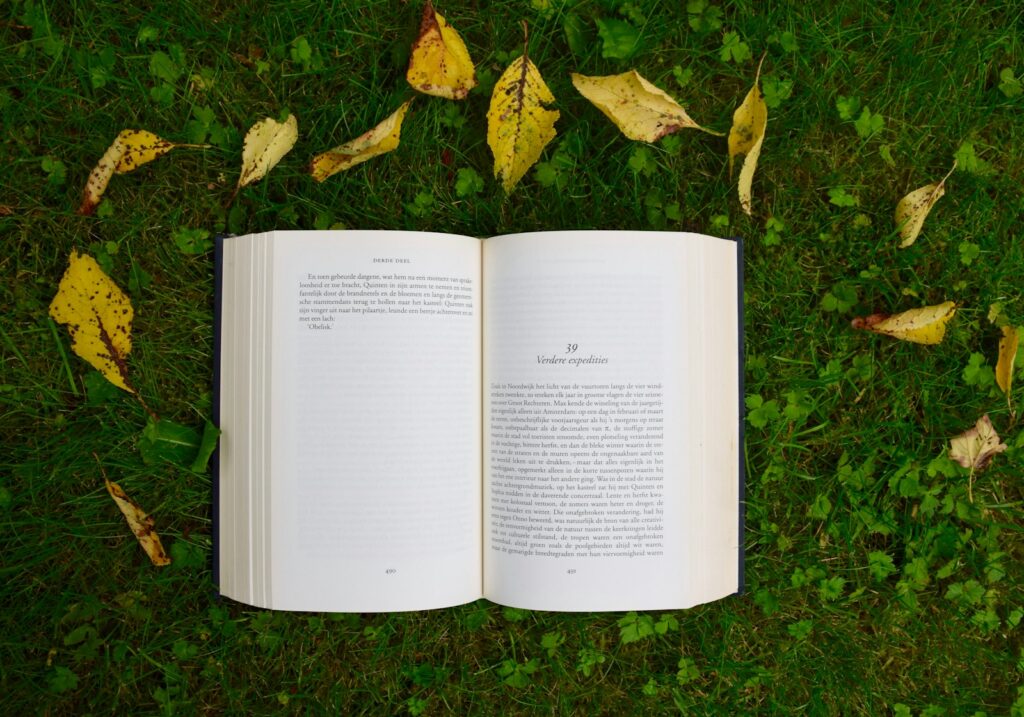
11. **The Etymological Tapestry: Connecting ‘Worse’ and ‘Worst’ to ‘Bad,’ ‘Badly,’ and ‘Ill’**The intricate relationship between ‘worse,’ ‘worst,’ and their root words—’bad,’ ‘badly,’ and ‘ill’—forms a fascinating aspect of English etymology, revealing how fundamental concepts of negativity are expressed across different parts of speech. This connection is not merely semantic; it highlights an irregular yet consistent pattern within the language’s development, essential for a deeper appreciation of linguistic structure.
At its core, both ‘worse’ and ‘worst’ are fundamentally “forms of the adjective bad.” This establishes a direct lineage, with ‘bad’ serving as the positive form, ‘worse’ as its comparative, and ‘worst’ as its superlative. This direct progression allows for the precise articulation of increasing degrees of ‘badness,’ from a simple negative quality to the highest possible extent of it. The consistency in meaning across these forms, despite their irregular spellings, is a testament to their deep historical roots.
Beyond ‘bad,’ the comparative and superlative forms of ‘badly’ (an adverb) and ‘ill’ (both an adjective and an adverb) also converge into ‘worse’ and ‘worst.’ This means that whether you are describing something as being “more bad,” “more badly done,” or “more ill,” the word ‘worse’ is utilized. Similarly, for the ultimate degree—”most bad,” “most badly done,” or “most ill”—’worst’ is the correct choice. This linguistic convergence streamlines the expression of comparative and superlative negativity across these related terms, showcasing an efficient albeit irregular grammatical design.
This pattern mirrors the well-known transformation of ‘good’ into ‘better’ and ‘best,’ which are also irregular forms. Just as ‘better’ is the comparative of ‘good’ and ‘best’ is its superlative, ‘worse’ and ‘worst’ fulfill these roles for ‘bad,’ ‘badly,’ and ‘ill.’ This parallel serves as a helpful mnemonic, reinforcing the understanding of these irregular transformations. Recognizing this broader lexical family and the consistent application of ‘worse’ and ‘worst’ across its members is crucial for achieving an authoritative and nuanced command of the English language.

12. **Actionable Insights for Unwavering Precision**Having thoroughly dissected the distinctions between ‘worse’ and ‘worst,’ their grammatical roles, and their applications in both formal and idiomatic expressions, we arrive at the pivotal actionable insights. The journey through comparative and superlative forms, irregular adjectives, and versatile lexical functions culminates in a clearer understanding that empowers more precise and impactful communication. This mastery isn’t merely about adhering to rules; it’s about elevating the clarity and authority of your message.
The fundamental takeaway remains unwavering: ‘worse’ is the comparative form, meticulously deployed when comparing precisely two entities or states, signifying a negative progression or a lower quality. Conversely, ‘worst’ stands as the superlative, reserved for designating the absolute lowest quality or most profound negativity within a group of three or more, or for an unparalleled extreme. Embracing this core distinction is the bedrock of accurate usage and the first step toward impeccable linguistic precision.
To solidify this understanding in your everyday and professional discourse, actively practice identifying whether you are comparing two items or assessing one within a larger group. When in doubt, mentally substitute ‘more bad’ or ‘most bad’ to intuitively guide your choice. Paying close attention to idiomatic phrases such as ‘from bad to worse’ and ‘worst-case scenario’—and now ‘if worst comes to worst’—will ensure that your expressions are not only grammatically correct but also naturally fluent and contextually appropriate.
Read more about: Navigating the AI Frontier: A Critical Guide to the Best Chatbots for Boosting Your Daily Productivity in 2025
Ultimately, mastering ‘worse’ and ‘worst’ transcends a simple grammatical exercise; it reflects a commitment to articulate with surgical accuracy. By consistently applying these insights, you can eliminate ambiguity, enhance your credibility, and ensure that your message is always received with the precise degree of negativity or inferiority you intend to convey. This level of linguistic dexterity is invaluable, cementing your position as a communicator who values clarity above all.





